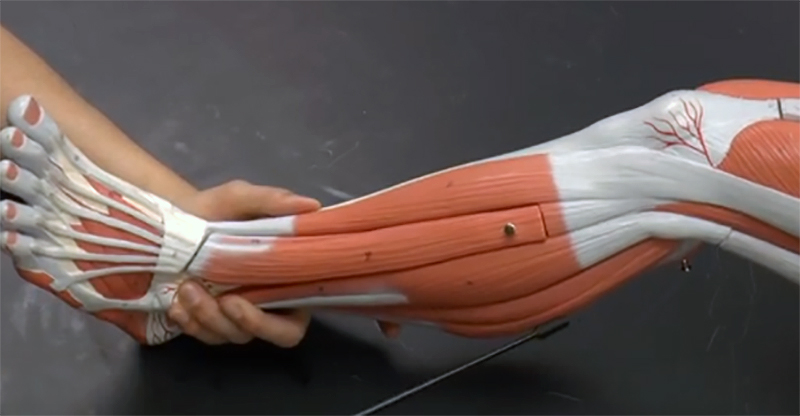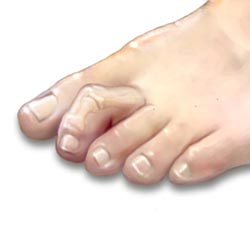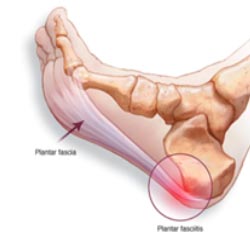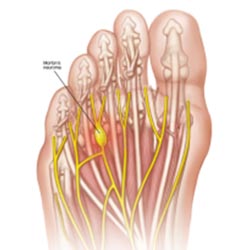What is Orthopaedic Reflexology?
Orthopaedic Reflexology is based on the teachings of Hippocrates and Galens guides on the effect of “rubbing” – Anatripsis. Hippocrates, the most famous physician of the ancient Greek times (460-377 BC), was the first to release medicine from any kind of religious superstition and to establish it as a science. Hippocrates describes the four main ‘Veins’ that are considered the forefather of the Chinese Meridians. Orthopaedic Reflexology uses this knowledge to understand the modern concepts of pain and the ‘science’ behind the pain, which in turn affects and helps treat disorders of the Myoskeletal system and the internal organs.





